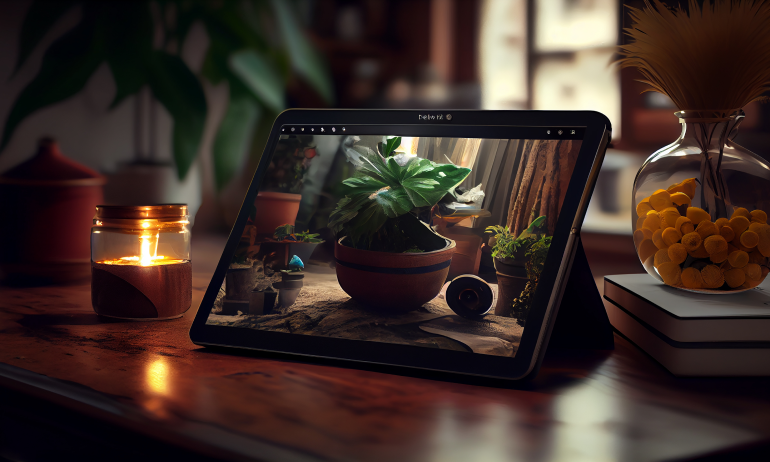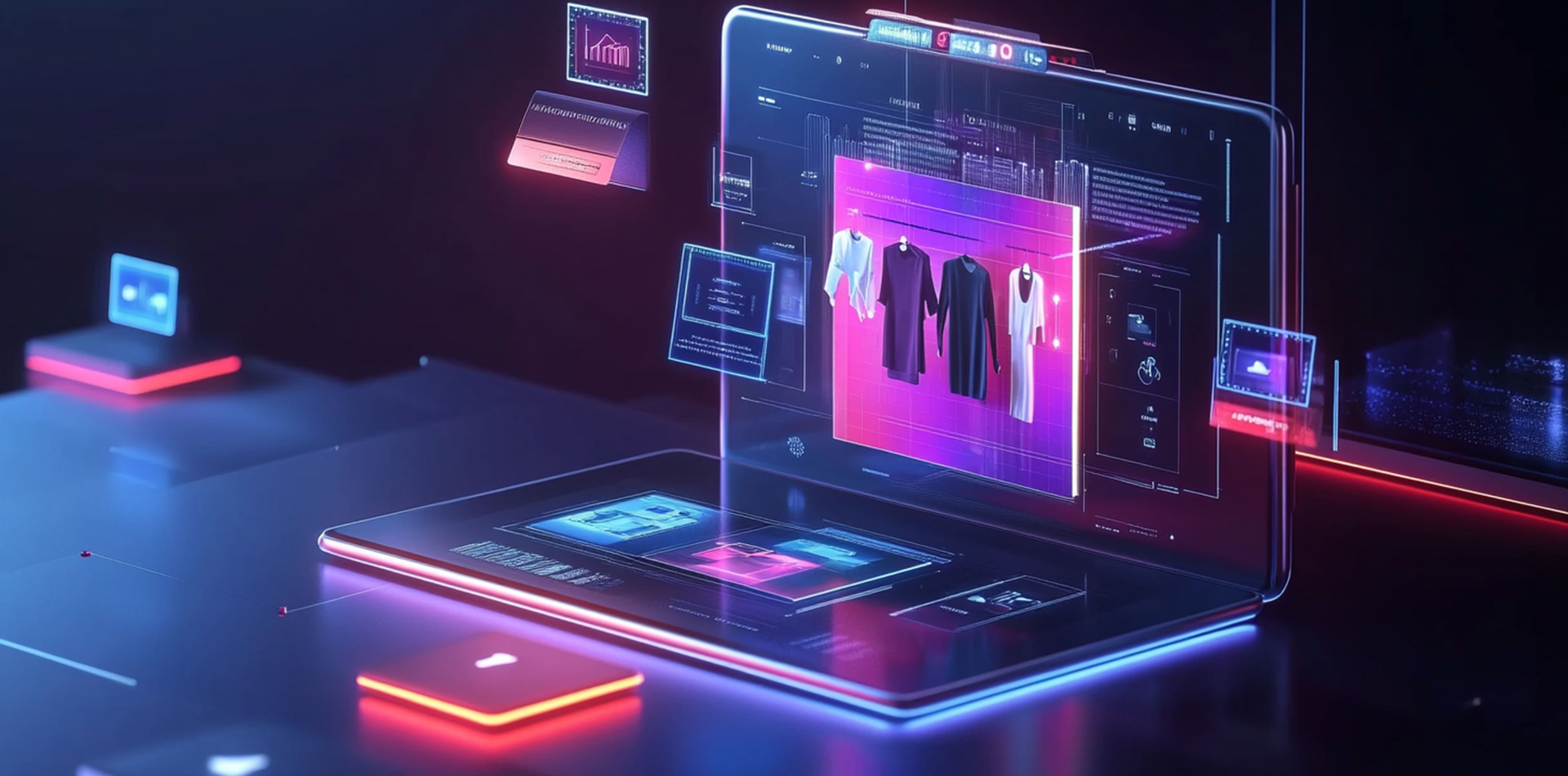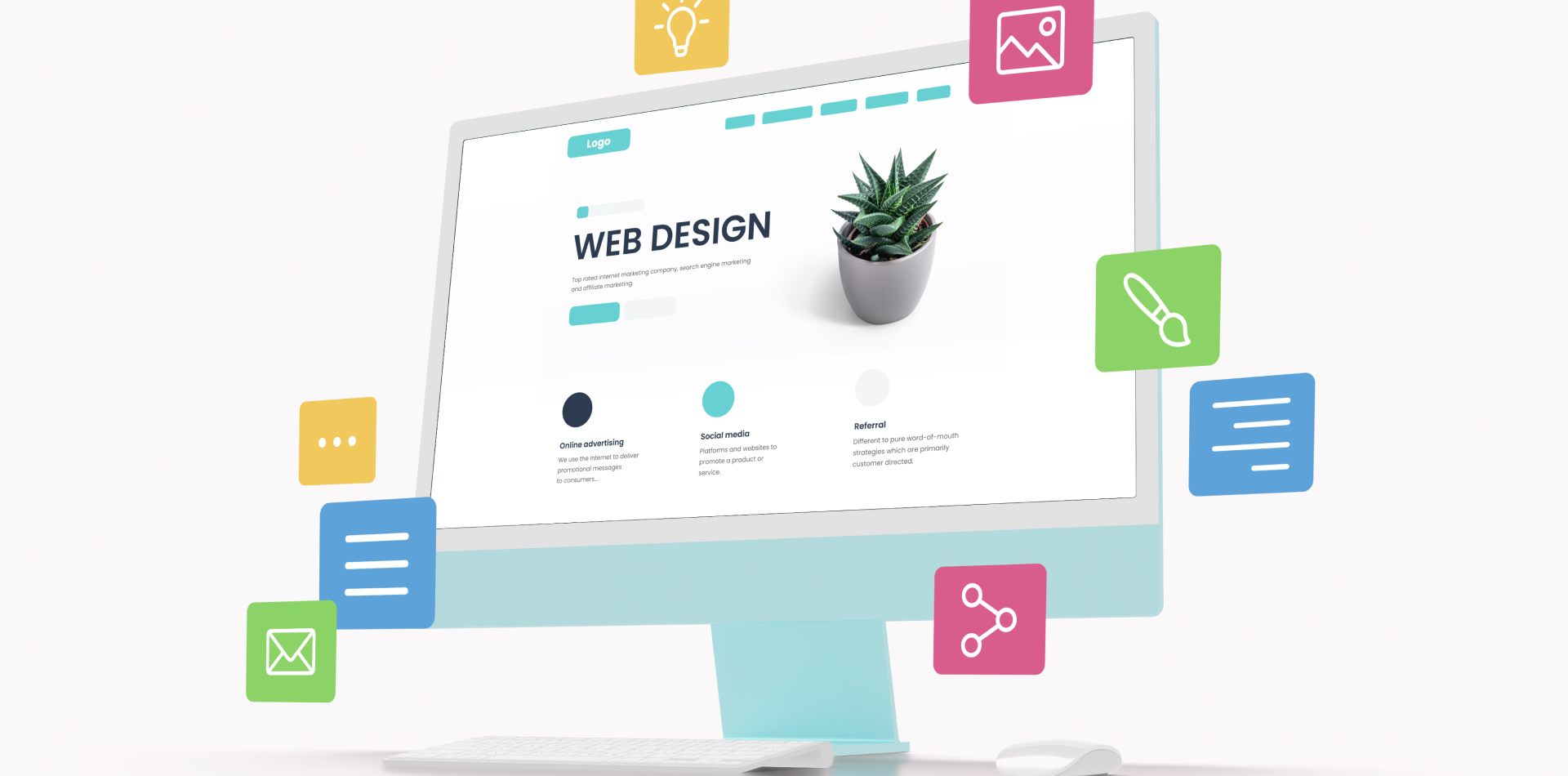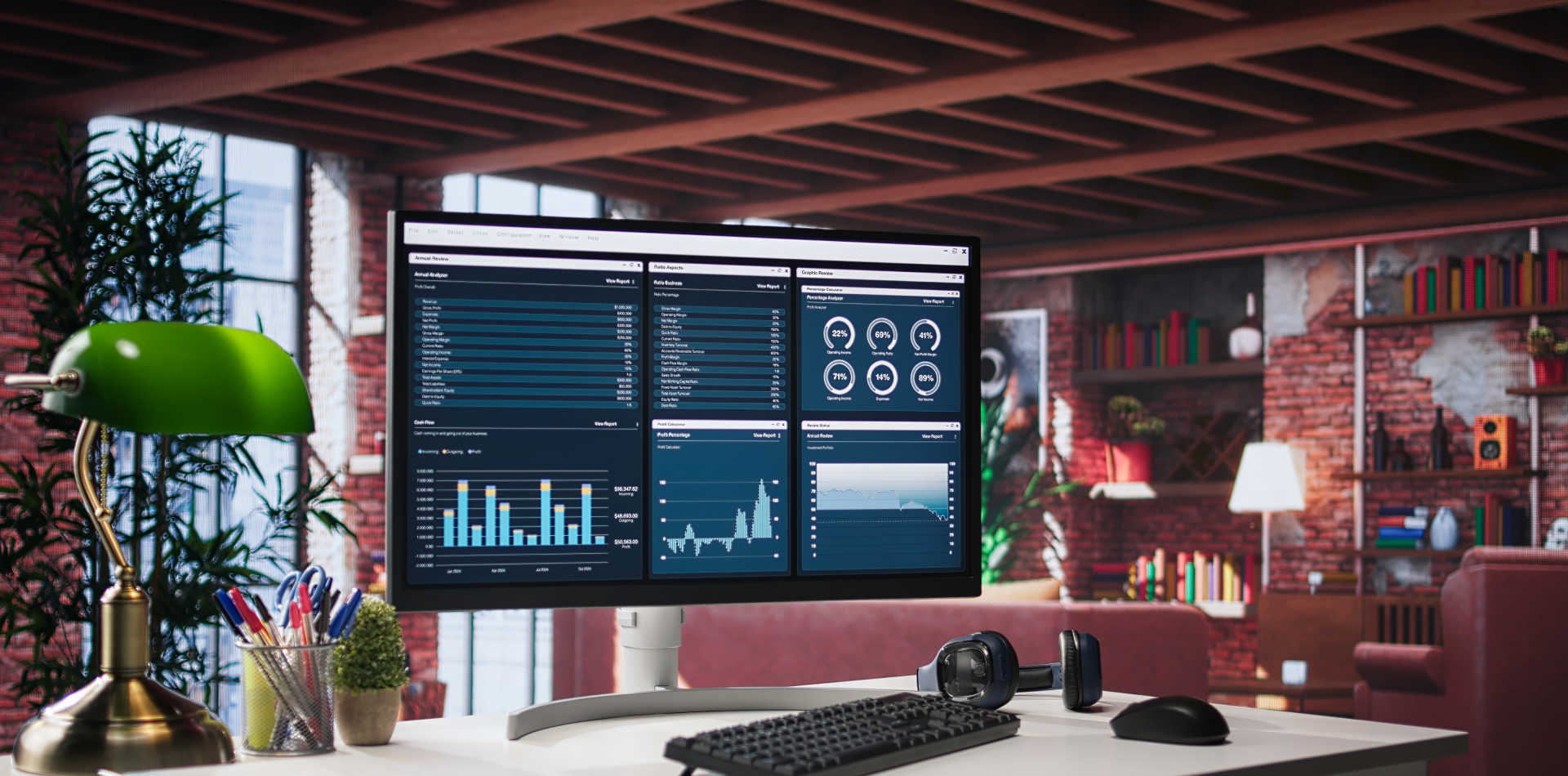Designing for What’s Next
In a world where user expectations change overnight and technology leaps forward every quarter, designers must become futurists.
The next five years will reshape how we build and interact with products. From AI-driven experiences to sustainable interfaces and beyond, product designers will need to evolve from pixel pushers into strategic innovators.
This blog explores the most influential design trends emerging through 2030, based on real shifts in user behavior, technology, and global priorities.
🧠 Want to see how trends apply to ecommerce? Check out Top Shopify Design Trends for 2025–2026

🧠 1. Human-AI Collaboration as a Design Standard
AI is no longer an assistant—it’s becoming a co-creator.
Expect interfaces that allow users to:
🤝 Generate content through prompts (text, image, code)
🎨 Customize designs and workflows using AI suggestions
🔍 Get predictive insights and data summaries in real time
🧑🏫 Learn from the product as they use it (like AI coaching)
Designers will shift from crafting every component manually to orchestrating how users interact with intelligent systems.
🛠 Tools to explore: RunwayML, Framer AI, Midjourney
🌱 2. Sustainable and Conscious Design Practices
Sustainability isn’t just about materials anymore—it’s about digital responsibility.
You’ll see more products prioritize:
🌍 Eco-conscious UI design (less data load = lower carbon output)
🗑 Reducing “dark patterns” and manipulative UX flows
🔐 Transparent privacy settings and ethical data usage
🧘 Slower, intentional user flows that avoid addiction-based design
Brands will win by designing with impact, not just impressions.
📚 Learn more from Ethical Design Handbook – Smashing Magazine
🌀 3. Spatial and Multi-Dimensional Interfaces
Screens are expanding—literally.
Designers must now consider 3D, AR, and spatial interfaces as mainstream tools.
👓 Augmented reality UI for product demos or navigation
📦 3D product viewers integrated into ecommerce
🧭 Interfaces that respond to space, voice, and motion
💬 Mixed-reality collaboration platforms
With platforms like Apple Vision Pro and WebXR, spatial design will soon be part of standard UX practice.
🧬 4. Hyper-Personalization Through Behavior-Driven UX
Static experiences are fading. Personalization is entering predictive territory.
Designs will be shaped by:
🧠 Past user behavior and emotional patterns
📍 Location, time of day, or even weather
📊 Real-time analytics adjusting dashboards, notifications, and content
🎯 Adaptive flows that simplify based on frequency of use
The challenge? Balancing automation with user control and consent.
📈 Tools to explore: Segment, Amplitude, PostHog
🎨 5. Emotion-Centered Design Systems
The next wave of product design will focus on how users feel, not just what they do.
Key elements include:
🧘 Mood-aware themes (e.g. calming UIs for health apps)
🫶 Supportive microcopy and empathetic error messages
🎵 Audio feedback that reflects tone, not just alerts
📅 Interfaces that adapt to stress, fatigue, or inactivity
Products won’t just be usable—they’ll be comforting, human, and emotionally intelligent.
💬 Explore our blog on Managing Client Expectations to see emotion in action.
⚡ 6. Zero-UI and Invisible Interfaces
The future is voice, gesture, and ambient UX.
Expect to design for:
🎙 Voice-first navigation (think Alexa, Siri)
🧠 Brain-computer interface triggers (experimental but growing)
👐 Touchless gesture-based actions
📡 Contextual UI that surfaces only when needed
Designers will focus more on system behavior than visible UI elements.
🔗 Read: The Future of UX: Zero UI by Fjord
🧾 7. Micro-Product Ecosystems
Instead of massive all-in-one tools, users are gravitating toward modular, interconnected products.
Expect growth in:
🔌 API-first products with “lego block” functionality
🧩 Tools that plug into existing workflows (Slack, Notion, Zapier)
📱 Lightweight mobile-first apps focused on singular tasks
📚 Design systems shared across platforms for consistency
This will push designers to think ecosystem-first, not just feature-first.
📉 Real-World Signals: Where the Future’s Already Happening
Here’s where you’re already seeing these trends in motion:
🔹 Notion AI blending content generation and workspace organization
🔹 Duolingo using gamified emotional design and behavioral triggers
🔹 LottieFiles for lightweight, animated design systems
🔹 Airbnb offering dynamic, location-aware content and responsive personalization
🔹 Figma Variables introducing logic to UI design
These aren’t predictions—they’re previews of the next design decade.
⚠️ What Designers Must Avoid Moving Forward
As you adopt future trends, beware of:
❌ Blindly following tech hype without user need
❌ Over-automating at the cost of human control
❌ Creating one-size-fits-all experiences
❌ Ignoring accessibility in futuristic formats
❌ Failing to address ethics and data transparency
Trends must serve users—not just showcase innovation.
🧾 Final Takeaway: Design What Matters, Not Just What’s New
The most impactful design trends aren’t the flashiest—they’re the most relevant, ethical, and empathetic.
As we head into 2030, product designers must think beyond interfaces and consider:
✔️ Context
✔️ Emotion
✔️ Systems
✔️ Impact
Designing for the next five years means designing for humans in a changing world—not just devices.
💬 Which Trend Are You Most Excited About?
Are you diving into AI? Exploring AR? Experimenting with emotional UX?
Share your favorite upcoming trend in the comments 👇 and let’s shape the future—together.




4 Comments
Areeb Zaman
30 June 2025“Design for impact, not just impressions” 👏 That line says it all!
Emily Vargas
30 June 2025Zero UI + emotion-centered design = the future feels human again 💬
Leo Tran
30 June 2025“Designers must become futurists” 👀🔥 Powerful mindset for 2025 and beyond.
Felix Moreno
30 June 2025Already experimenting with AI in Framer—mind blown 🤯